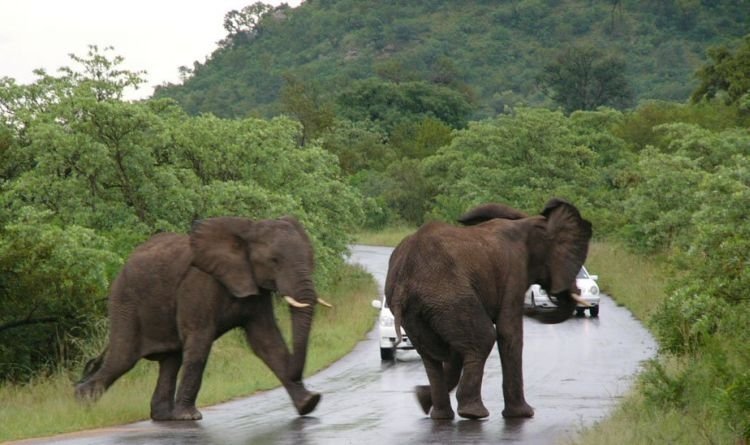|
|
Kruger National Park, South Africa
|
Poachers mostly operate at or near full moon and make no distinction between white and black rhinos. Losses of black rhino are however low due to their reclusive and aggressive nature. With rhino horn fetching around $66,000 (and up to $82,000) per kilogram, the CITES ban on the trade in rhino horn has proved largely ineffectual. The second horn is sometimes hacked from the skull to obtain about 100 ml of moisture that is sold locally as traditional medicine.
Poaching related to rhino horn escalated in the 21st century with 949 rhinos killed in Kruger in the first twelve years (2001 to 2012), and over 520 in 2013 alone. A planned memorandum of agreement between South Africa and Vietnam, in addition to the one with China, are seen as necessary milestones in stemming the tide, while negotiations with Thailand have not yet started. The amount of rhino horn held in storage is not publicly known. Since 2009 some Kruger rhinos have been fitted with invisible tracing devices in their bodies and horns which enable officials to locate their carcasses and to track the smuggled horns by satellite. South Africa's 22,000 white and black rhinos, of which 12,000 are found in Kruger, represent some 93% of these species' world population.
• Ivory stocks
Kruger experienced significant elephant poaching in the 1980s, which has since abated. It holds over 48 tons of ivory in storage. According to Convention on the International Trade in Endangered Species of Wild Flora and Fauna (CITES), it is allowed to sell 30 tons.
|
|









